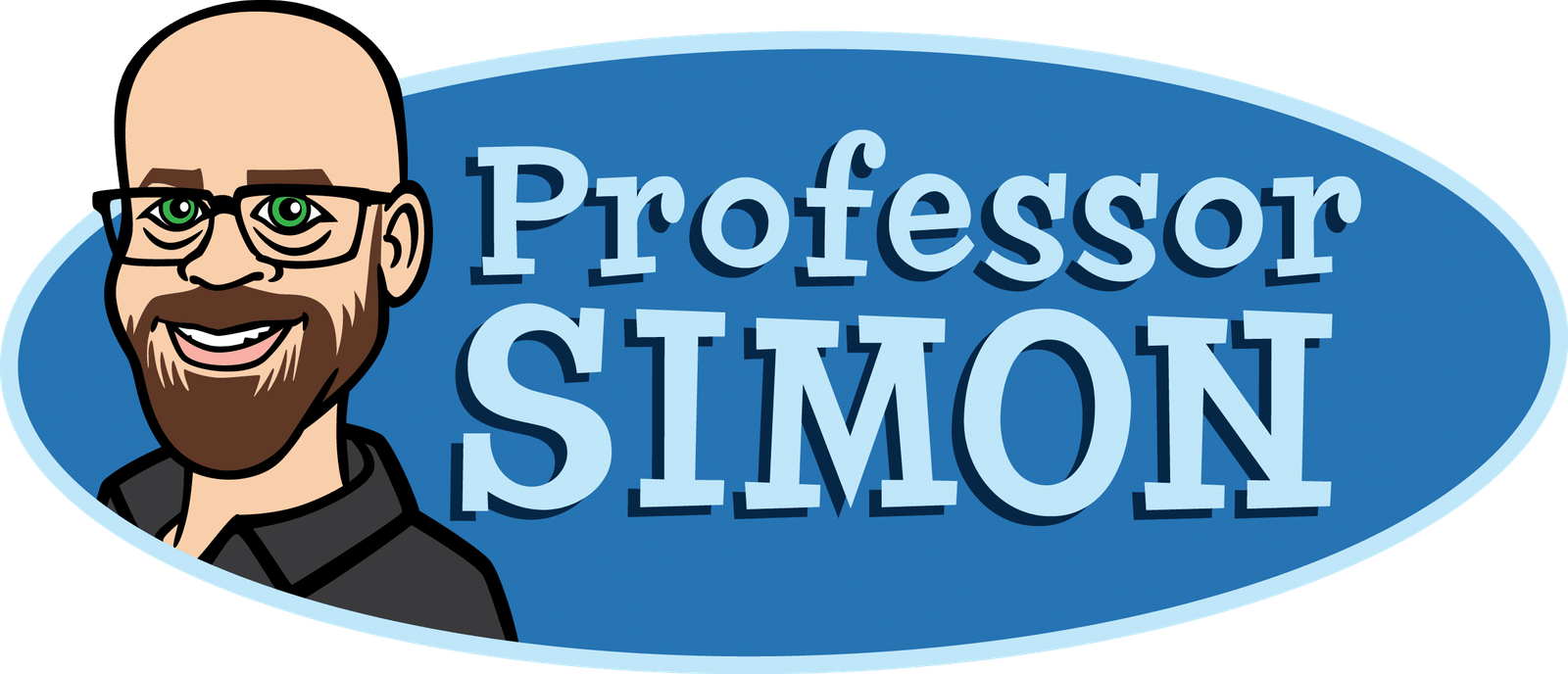In the fast-paced world of information technology, where long hours, on-call shifts, and high-pressure environments are the norm, sleep often takes a backseat. However, quality sleep is crucial for maintaining cognitive function, productivity, and overall well-being. Sleepmaxxing—the science of optimizing sleep to maximize performance—can be a game changer for IT professionals.
This guide explores the importance of sleep for IT workers, the science behind sleep optimization, and practical strategies to enhance rest and achieve peak performance.
The Role of Sleep in IT Performance
IT professionals constantly face mentally demanding tasks, from debugging complex code to managing cybersecurity threats. Lack of sleep can severely impact problem-solving abilities, creativity, and decision-making, leading to errors and inefficiencies. Here’s why sleep is essential:
- Enhanced Cognitive Function – Sleep strengthens neural connections, improving memory retention and learning capacity.
- Improved Decision-Making – Well-rested professionals are better at handling high-stakes situations with clear judgment.
- Increased Productivity – Quality sleep leads to better focus, efficiency, and task completion.
- Better Stress Management – IT professionals dealing with tight deadlines and high-stress projects benefit from the emotional regulation provided by proper sleep.
Understanding the Science of Sleep
Before diving into sleepmaxxing strategies, it’s essential to understand the fundamentals of sleep. The sleep cycle consists of four key stages:
- Stage 1 (Light Sleep) – A brief transition period between wakefulness and sleep.
- Stage 2 (Deeper Relaxation) – Brain activity slows, and body temperature drops, preparing for deeper sleep.
- Stage 3 (Deep Sleep) – Critical for physical recovery, immune function, and overall body restoration.
- REM Sleep (Rapid Eye Movement) – Essential for cognitive function, creativity, and emotional processing.
Each sleep cycle lasts around 90 minutes, and a full night’s sleep consists of 4-6 cycles. IT professionals must prioritize achieving uninterrupted sleep cycles for optimal brain function.
Sleepmaxxing Strategies for IT Professionals
1. Prioritize Sleep Hygiene
Good sleep hygiene is the foundation of quality rest. Here are some key practices:
- Maintain a Consistent Sleep Schedule: Going to bed and waking up at the same time every day helps regulate circadian rhythms.
- Limit Blue Light Exposure: Reduce screen time before bed by enabling night mode on devices or using blue light-blocking glasses.
- Optimize Bedroom Environment: Ensure a dark, cool, and relaxing sleeping space by using a white noise machine or blackout curtains.
- Avoid Stimulants Before Bed: Caffeine, nicotine, and heavy meals can disrupt sleep quality. Aim to stop caffeine intake at least six hours before bedtime.
2. Use Technology to Your Advantage
While technology often disrupts sleep, it can also be used to optimize it:
- Sleep Tracking: Apps/Devces like Sleep Cycle, Oura Ring, or Fitbit can provide insights into sleep patterns and improvements.
- Smart Alarm Clocks: These wake you up at the lightest sleep stage, reducing grogginess.
- Noise Machines and Sleep Apps: White noise machines or meditation apps like Calm and Headspace can help IT professionals unwind.
3. Align Sleep with Work Demands
Many IT professionals work odd hours or handle on-call rotations. Here’s how to adapt:
- Optimize Shift Work Sleep Schedules: If working late shifts, gradually adjust sleep times instead of making abrupt changes.
- Utilize Strategic Napping: Short 20-minute power naps can restore alertness without causing sleep inertia.
- Manage Work-Life Balance: Avoid taking work stress to bed by establishing boundaries and engaging in relaxation techniques before sleep.
4. Incorporate Relaxation Techniques
High-stress levels can disrupt sleep. Implement these techniques:
- Progressive Muscle Relaxation (PMR): Tensing and releasing muscles can reduce stress and promote sleep.
- Deep Breathing Exercises: Techniques like the 4-7-8 method slow down heart rate and relax the nervous system.
- Meditation and Mindfulness: Practicing mindfulness before bed can help IT professionals unwind and clear their minds.
5. Optimize Diet and Exercise for Better Sleep
Lifestyle choices significantly impact sleep quality:
- Exercise Regularly: Engaging in physical activity can enhance deep sleep, but avoid intense workouts close to bedtime.
- Monitor Caffeine and Alcohol Intake: Both can disrupt sleep architecture, so limit consumption in the evenings.
- Eat Sleep-Boosting Foods: Magnesium-rich foods (bananas, almonds) and melatonin-enhancing foods (cherries, walnuts) can aid sleep.
Addressing Common Sleep Challenges in IT
1. Dealing with On-Call Shifts
- Stick to a routine on non-call days.
- Use blackout curtains to sleep during daylight hours.
- Leverage short naps to mitigate sleep deprivation effects.
2. Managing Insomnia Due to Stress
- Create a bedtime wind-down routine.
- Avoid work-related discussions right before sleep.
- Journal or use relaxation techniques to clear your mind.
3. Handling Jet Lag from Work Travel
- Adjust sleep schedules before traveling.
- Use light exposure therapy to reset circadian rhythms.
- Stay hydrated and avoid excessive caffeine or alcohol.
Conclusion
Sleepmaxxing is a game-changing approach for IT professionals who want to optimize rest and maximize performance. By adopting better sleep hygiene, leveraging technology, and incorporating relaxation techniques, IT workers can enhance their cognitive abilities, productivity, and overall well-being. Prioritizing sleep is not a luxury—it’s an essential part of excelling in the tech industry.
Start implementing these sleepmaxxing strategies today and experience the benefits of peak performance and enhanced work-life balance!









